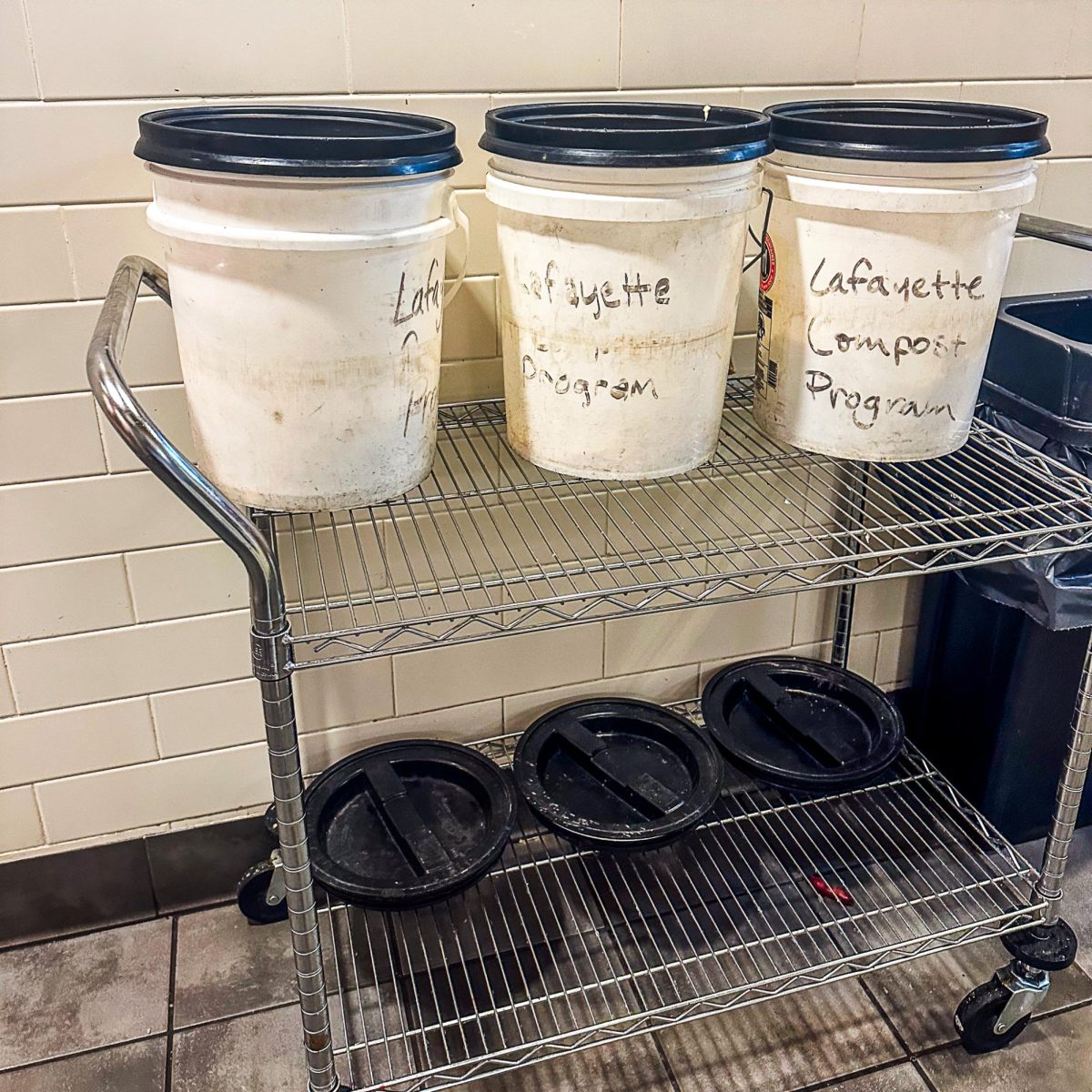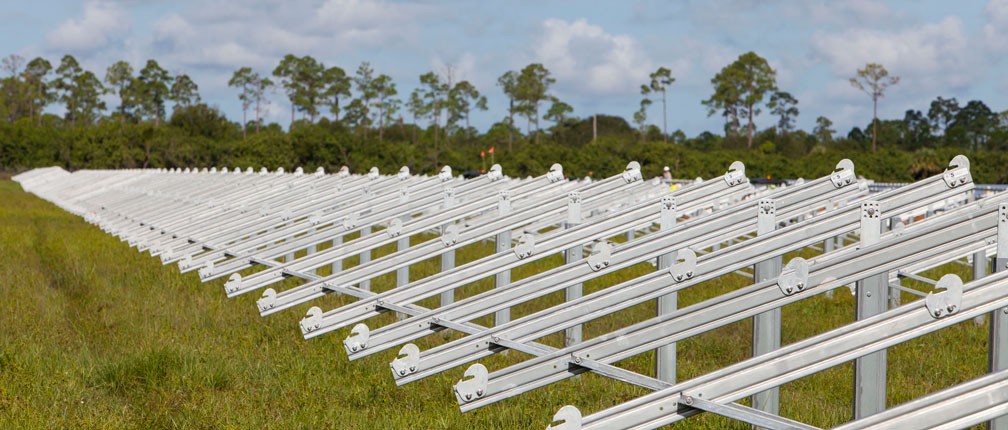Even if you don’t think so, fashion is something that everyone partakes in. Every morning, or afternoon at this point in the year, you wake up and have to decide how to present yourself. Maybe you’re a self-proclaimed fashionista who uses TikTok, Instagram, Twitter or Pinterest to get your inspiration for the fit of the day. Maybe you’re an athlete who has to wear a specific uniform for the game you have later today or the practice you’ve been dreading all morning. Or maybe you just put on whatever’s the cleanest so you don’t miss class. Whatever your situation is, fashion is in your regiment and you hold a stake in how fashion contributes to climate change.
Fashion is a major contributor to climate change. According to the United Nations Economic Commission for Europe, the fashion industry is one of the largest polluters contributing to the global issue. But what are we supposed to do about it?
My independent research this year worked to tackle that question. What can we as consumers do about fashion and climate change? How much do our clothes really contribute to it? What can we do to mitigate our footprint? These are important questions to answer, but the answer is not as clear as it may seem.
I focused on the textile industry and studied three of the major textiles: cotton, polyester and viscose. Cotton’s largest offense against the planet is how much water is needed for its cultivation and processing. Depending on where it’s grown and manufactured, cotton uses about 7,000 to 29,000 liters of water. That’s the equivalent of taking 317 15-minute showers for only a kilogram of cotton. That can produce about two to four products. Polyester and viscose are better for water consumption because they are synthetic fabrics that don’t use as much water, however, they use a lot of energy in the manufacturing process. Polyester uses the equivalent of running a laundry dryer for 12.5 hours to make a kilogram of polyester fabric. Viscose uses 6.75 hours worth of energy for a kilogram of fabric. The main three fabrics used in clothing are not inherently sustainable but according to the Common Objective, they comprise of about 92 percent of the textiles used for clothing. So how do we, as consumers, move forward with this knowledge?
The best we can do is shop smart. Conscious consumerism has been a buzz term going around for some years now, but it is the most realistic answer for how we can move forward in a world where climate change is an imminent issue. Most people don’t make enough money to buy the $100 white shirt made in an ethical factory with organic cotton transported from within 100 miles. However, that does not condone the Shein hauls all over social media that promote a greedy mindset around clothing. The best advice I can give after my research is to buy what you need and wear what you have. I think being mindful of all the things you buy and making an effort to wear your clothes to their very end will help mitigate your role in climate change. This way you don’t feel guilted into buying the $300 sustainable clothing but you also shop responsibly from fast fashion brands. Fighting climate change comes from everyone doing their part to shop and act empathetically with others.
Teniola Bakare ‘23 has conducted research about sustainability and the textile industry.





































































































